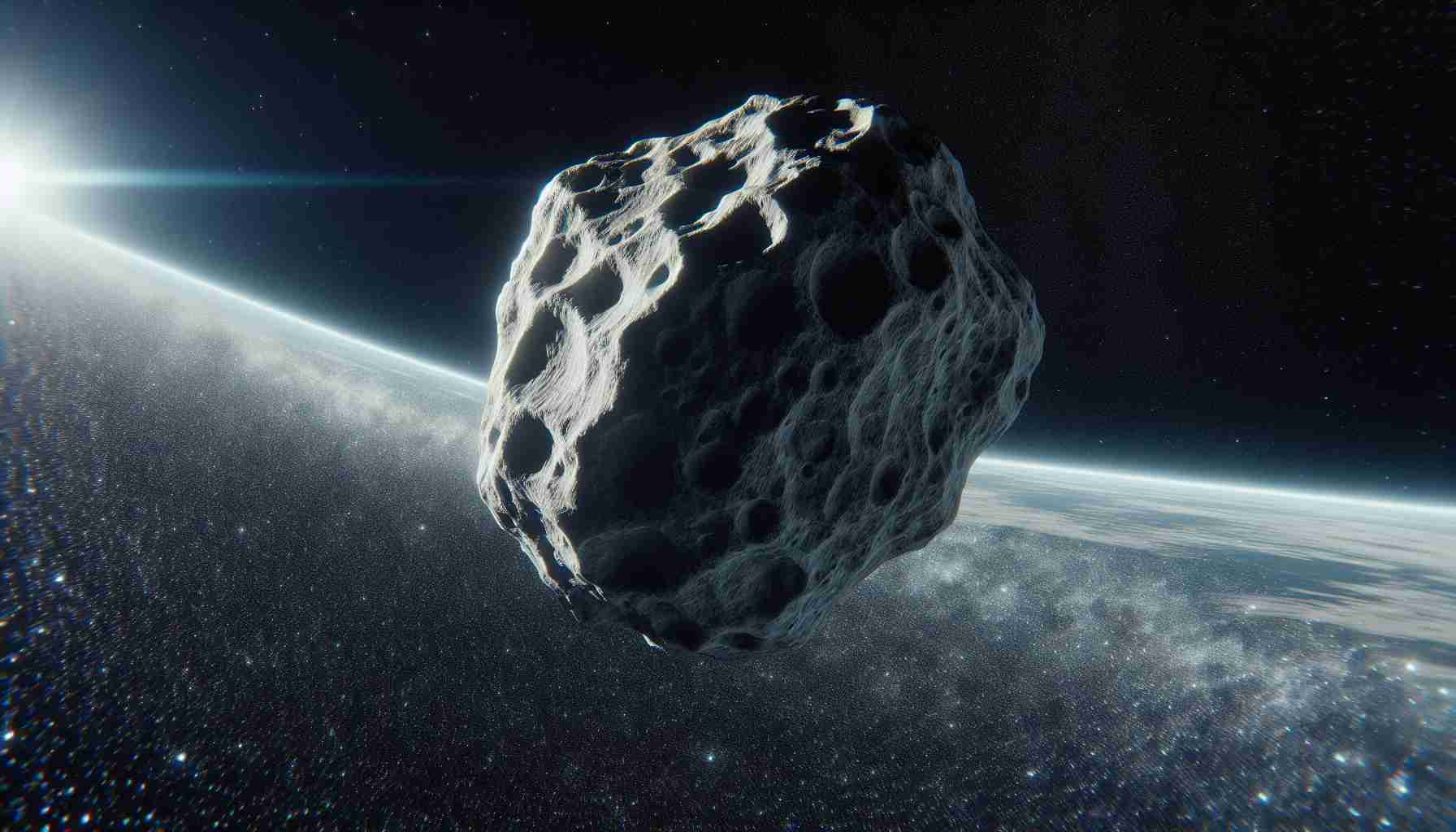- Asteroid 2024 YR4 has a 2.2% chance of impacting Earth, increased from 1.2%.
- The asteroid measures between 131 and 295 feet, comparable to a large building.
- NASA experts emphasize the importance of continuous monitoring and refining trajectory models.
- Historical asteroid impacts, like the Tunguska and Chelyabinsk events, highlight potential dangers.
- Advancements in asteroid tracking technologies enhance Earth’s defense against possible cosmic threats.
- Current observations indicate the asteroid is over 28 million miles away.
Asteroid 2024 YR4 is gaining attention from astronomers—and not just because of its big size! Newly released data reveals it now has a 2.2% chance of impacting Earth on December 22, 2032, an increase from a previous 1.2%. This alarming assessment from the European Space Agency is based on recent observations that are expected to evolve further.
Currently looming around 131 to 295 feet wide, this asteroid is comparable to the size of a large building. While experts like Dr. Paul Chodas from NASA’s Jet Propulsion Laboratory caution that the likelihood of a collision is still minimal, they stress that continuous monitoring is crucial. They anticipate that accurate tracking will likely turn this potential threat into a harmless flyby.
Astronomers are now racing against time to understand the asteroid’s trajectory better. With each observation, they refine their models, potentially decreasing the impact risk to zero as they gather more data.
Historically, the impact of such asteroids could be catastrophic. Significant past events include the 1908 Tunguska event in Siberia, which leveled a vast forest, and the 2013 Chelyabinsk explosion that caused extensive damage across multiple buildings and injured over 1,000 people.
As asteroid tracking technologies advance, the future of Earth’s defense against cosmic threats looks promising. For now, scientists remain vigilant, monitoring this colossal rock as it sails through space, more than 28 million miles away.
Stay curious and keep an eye on the skies!
Asteroid 2024 YR4: The Giant in the Sky – What You Need to Know!
Overview of Asteroid 2024 YR4
Asteroid 2024 YR4 has recently garnered significant attention from astronomers not only because of its size but also due to its changing impact risk probabilities. At 131 to 295 feet in width, it is comparable to a large building and poses a potential risk of impacting Earth on December 22, 2032. The European Space Agency has assessed its collision probability at 2.2%, a rise from the previous 1.2%.
Potential Impact and Historical Context
Astronomers warn that even a relatively small asteroid can create disastrous consequences upon impact. Historical incidents, such as the 1908 Tunguska event, which flattened a forest in Siberia, and the 2013 Chelyabinsk meteor, which injured over 1,000 people, serve as reminders of what could happen if a larger asteroid were to strike Earth.
Why the Increase in Impact Probability?
The assessment of the impact probability has increased due to improved tracking and observational techniques. With ongoing data collection and analysis, scientists hope to refine the asteroid’s trajectory and potentially reduce its predicted risk to minimal levels. This emphasizes the importance of continuous monitoring and advancement in asteroid tracking technologies.
Future Directions: Monitoring and Mitigation
1. Continuous Monitoring: Organizations such as NASA and the European Space Agency are committed to tracking the asteroid while refining their predictive models.
2. Advancements in Technology: Enhanced observational technologies are making it easier to gather data on asteroids, which plays a critical role in understanding potential threats and implementing mitigation strategies.
Relevant Insights and Predictions
– Space Diplomacy: As the awareness of asteroid threats grows, international collaboration in tracking and addressing these risks may become more common.
– Public Interest and Awareness: The increase in reporting and public interest surrounding near-Earth objects can lead to greater funding and resources allocated for planetary defense initiatives.
FAQs About Asteroid 2024 YR4
Q1: What are the chances of Asteroid 2024 YR4 hitting Earth?
A1: Currently, the probability stands at 2.2%, which has increased from 1.2% based on new observations. Continuous monitoring may improve our understanding and reduce this likelihood.
Q2: How does the size of Asteroid 2024 YR4 compare to other significant asteroids?
A2: At 131 to 295 feet wide, it is larger than many asteroids but still considerably smaller than the 600-foot asteroids that have been monitored for collision risks.
Q3: What can be done if a threat is identified?
A3: Various mitigation strategies could be employed, such as deflecting the asteroid through space missions, discovering its trajectory, or evacuating areas if needed, depending on the advance warning.
Market Analysis and Trends
As asteroid tracking technologies improve, scientists predict an increase in the identification and monitoring of near-Earth objects. With each passing year, enhanced collaboration between space agencies and a growing interest in planetary defense could lead to more effective strategies in averting potential disasters.
Suggested Links
For more information on asteroid tracking and space defense initiatives, visit NASA or ESA.
